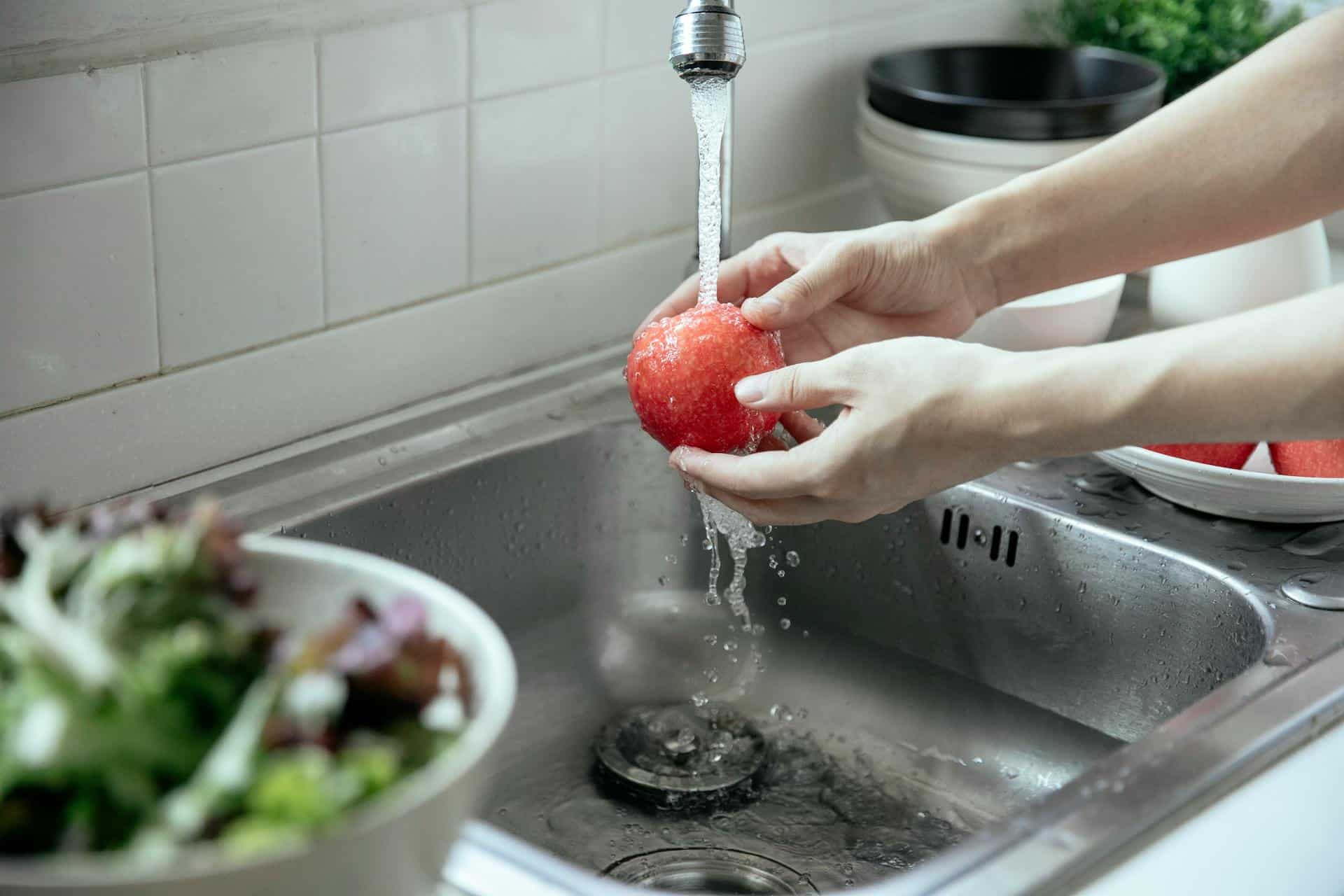
Question: Can I Use a 1 1/2 Drain for a Kitchen Sink?
Answer: While it is permissible by code to use a 1 1/2 drain for a kitchen sink in some areas, a 2″ drain is the recommended standard for kitchen sinks due to its superior drainage capacity and reduced clogging risk.
Understanding Kitchen Sink Drain Sizes
Choosing the right drain size for your kitchen sink is crucial for efficient drainage and preventing clogs. This article addresses a common question: Can I use a 1 1/2 inch drain for a kitchen sink? We’ll explore the factors influencing drain size selection and provide clear guidance to help you make the best decision for your kitchen.
Standard Kitchen Sink Drain Sizes
Most kitchen sinks use a 1 1/2 inch drain. This size effectively handles the typical water flow from a standard kitchen sink. While some older homes may have 1 1/4 inch drains, these are less common in modern construction.
Using a drain size smaller than recommended can lead to slow draining and potential clogs. Water backs up in the sink because the drain cannot accommodate the volume of water flowing from the faucet and garbage disposal. Over time, food particles and grease accumulate, further restricting the flow and exacerbating the problem. A larger drain, although less common, offers a greater capacity for water flow, minimizing the risk of blockages.
Click here for more information on kitchen cabinet refacing Toronto
Related Article: What is the Standard Opening for a Kitchen Sink Drain?
Related Article: What is the Proper Slope for a Kitchen Sink Drain?
Advantages of a 1 1/2 Inch Drain
The 1 1/2 inch drain offers several advantages in a typical residential kitchen. It provides adequate drainage capacity for standard sinks and garbage disposals. Most plumbing supply stores readily stock components for 1 1/2 inch drains, ensuring easy access to parts. Many sinks come pre-configured for this size, simplifying installation. The smaller size also contributes to cost-effectiveness as 1 1/2 inch pipes and fittings typically cost less than larger options.
When to Consider a Larger Drain
While 1 1/2 inch drains suffice for most kitchen sinks, certain situations warrant a larger drain. If you frequently use your garbage disposal for large amounts of food waste, a 2-inch drain might prevent clogs. Homes with multiple kitchen sinks draining into a single pipe benefit from a larger main drain to manage the combined water flow. Commercial kitchens with high water usage always require larger drains. If your sink consistently drains slowly, despite a 1 1/2 inch drain, upgrading to a larger size could resolve the issue.
Before increasing your drain size, consult a qualified plumber. They can assess your specific needs and recommend the appropriate size based on your sink, disposal, and plumbing system. A professional plumber also ensures code compliance and avoids potential problems caused by incorrect installation.
Installing and Maintaining Your Kitchen Sink Drain
Whether you choose a 1 1/2 inch or 2-inch drain, proper installation and maintenance are essential. Ensure all connections are tight and sealed to prevent leaks. Regularly clean your drain with baking soda and vinegar or a commercial drain cleaner to remove grease and food particles. Avoid pouring grease down the drain as it solidifies and contributes to clogs. Installing a strainer in your sink catches food debris before it enters the drain, minimizing the risk of blockages. By following these simple steps, you can maintain a free-flowing drain and avoid plumbing issues.
Remember to consult your local plumbing code for specific requirements before starting any plumbing work. If you are unsure about any aspect of drain installation or maintenance, contact a qualified plumber for professional assistance.
Conclusion
In most cases, a 1 1/2 inch drain adequately serves a standard kitchen sink. However, factors like the number of basins, garbage disposal type, local codes, and existing plumbing influence the optimal drain size. While larger drains can handle higher water volumes, they are generally unnecessary for typical residential kitchens. Proper installation and regular maintenance are crucial for any drain size to ensure efficient drainage and prevent clogs. By understanding these factors and consulting with a plumber when necessary, you can choose the right drain size for your kitchen sink and enjoy years of trouble-free operation.

Blue Malue Get in touch with Blue here.
